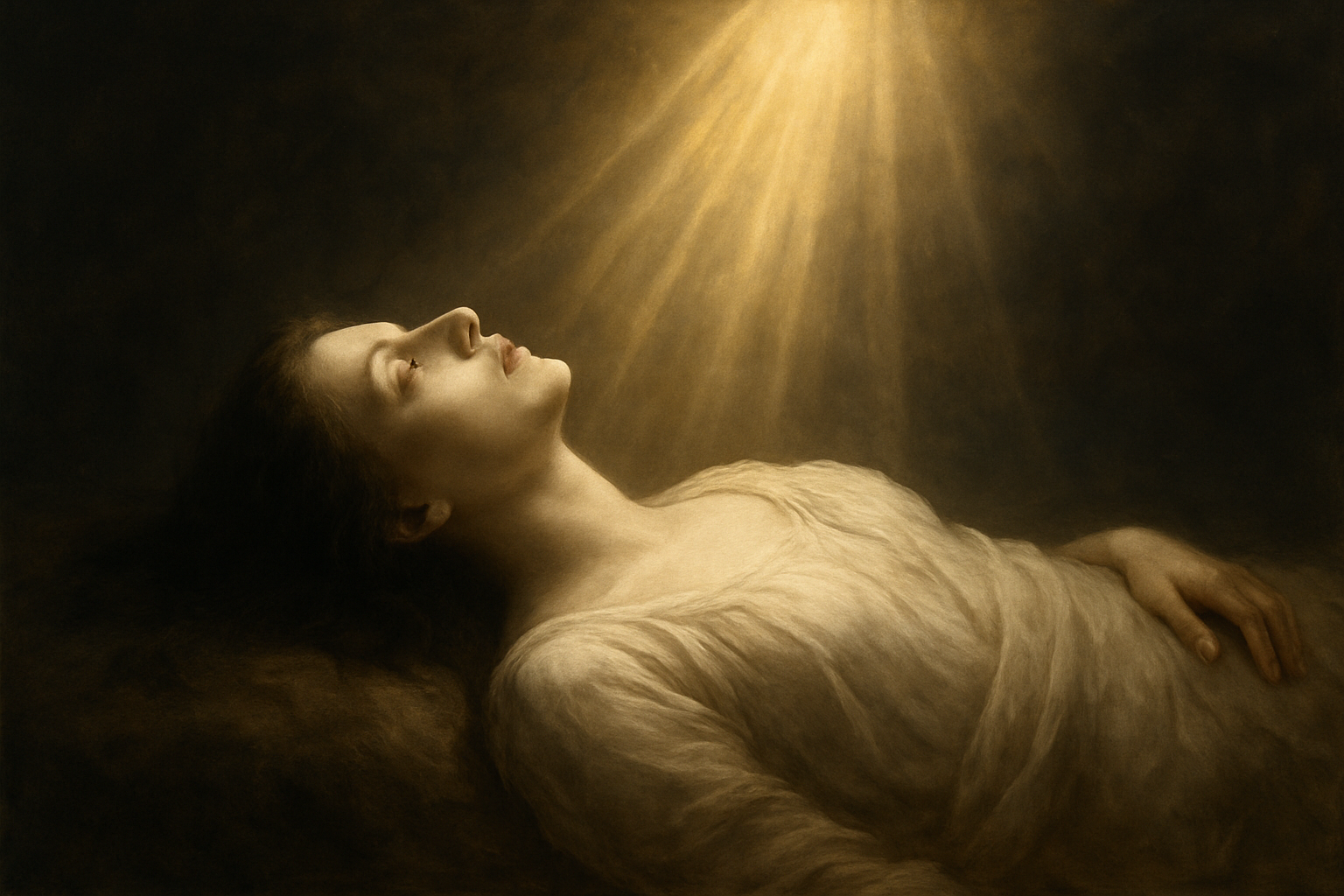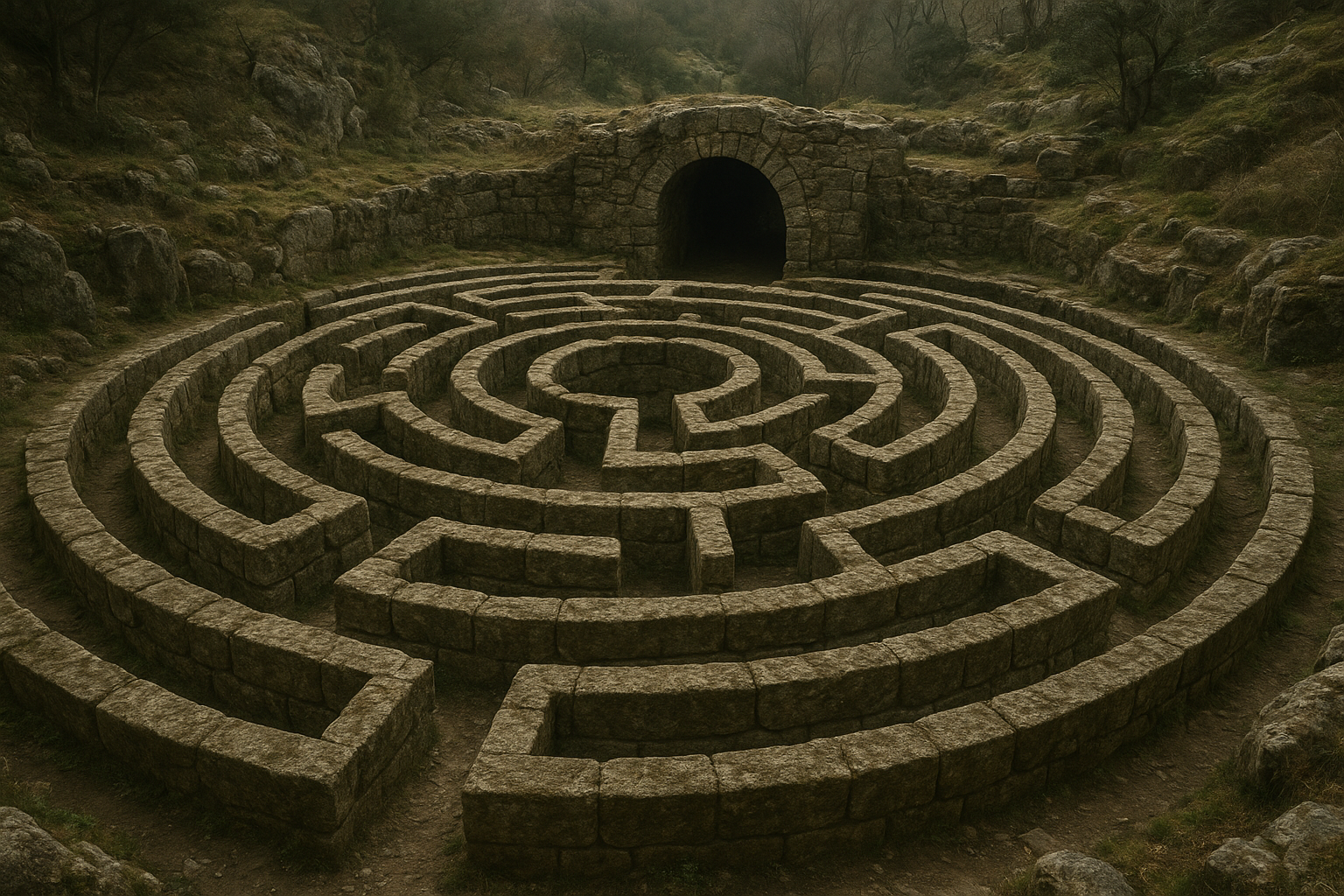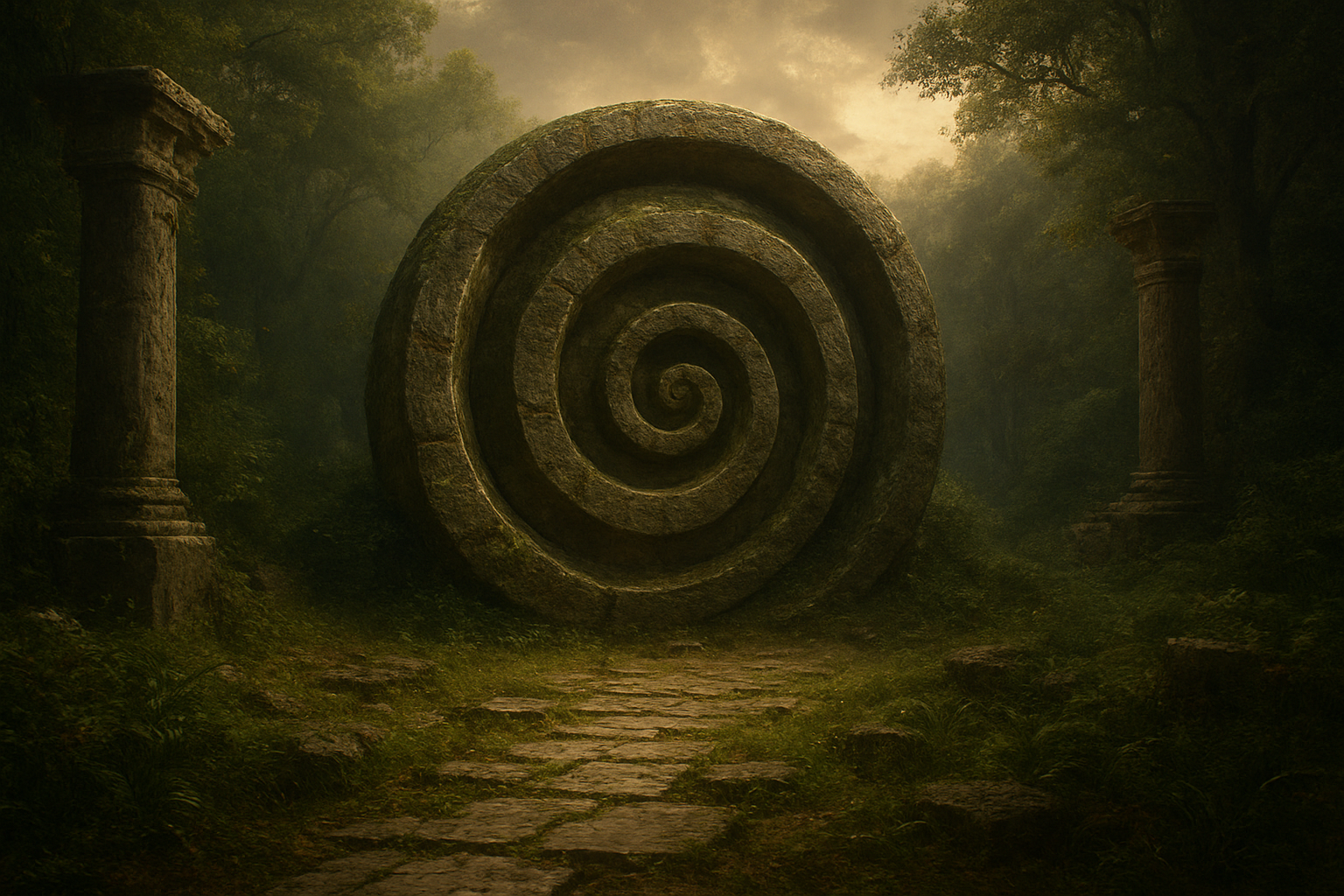The Mystery of the Astral Void – Emptiness Beyond Form
The astral void is a concept often steeped in mystery and intrigue, evoking images of an uncharted realm beyond the physical world. This metaphysical construct, discussed by mystics and philosophers throughout the ages, suggests a plane where form gives way to the ephemeral, blurring the lines between reality and imagination.
“The astral body, the psychic ‘double’, believed to be able to detach itself from the physical body and travel at will, represents man’s quest for transcendence.” – Encyclopedia Britannica
Historical Perspectives
Throughout history, the notion of an astral void, or a realm beyond the tangible, has captivated human imagination. In ancient times, various cultures perceived the astral plane as an extension of spiritual and religious belief systems. The Egyptians, for instance, believed that the soul or Ka could traverse worlds, bridging the gap between the earthly and the divine.
- Ancient Egypt: Their profound spiritual beliefs included intricate understandings of life after death and the soul’s journey beyond.
- Greek Philosophy: Philosophers like Plato considered the astral dimension as a realm of perfect forms—beyond the shadowy cave of perceptual reality.
- Hinduism and Buddhism: These traditions describe multiple planes of existence, transcending the illusory nature of the material world, with meditation and enlightenment as paths to reach these higher realms.
Modern Interpretations
In recent times, the exploration of the astral void has taken on new dimensions. With the advent of the New Age movement, interest in astral travel and out-of-body experiences surged, intertwining ancient wisdom with contemporary practices. This has brought about a modern yet esoteric understanding of astral phenomena.
Modern science, while largely skeptical, notes that altered states of consciousness can be achieved through various means, potentially explaining the sensations experienced during perceived astral projections. Studies suggest that these experiences could be linked to deep meditative states, lucid dreaming, or neurological phenomena.
The Mechanics of Astral Projection
Astral projection is often depicted as a journey where consciousness separates from the physical form, allowing for exploration of the astral plane. While documented occurrences are largely anecdotal, some believe that specific techniques can facilitate this practice.
- Relaxation and Meditation: Finding a calm and comfortable setting can be crucial in inducing the necessary state of mind.
- Visualization: Imagining oneself floating or gently leaving the body is a common methodology.
- Mind-Awakening Techniques: Some practitioners employ visualization exercises where they rotate or manipulate their perceived ‘astral self’ to induce an out-of-body state.
“Numerous people have reported waking suddenly, feeling an intense pressure on their chest—like a ‘body asleep and mind awake’ situation, a sensation not wholly unlike what some astral projectors describe.” – Scientific American
Mind, Myth, or Metaphor?
The validity of the astral plane remains a topic of debate. For some, it is a profound metaphysical reality, while others see it as a manifestation of the mind’s limitless imaginative capabilities. Psychological and spiritual interpretations abound, presenting the astral realm as either a tangible experience or a symbolic representation of subconscious exploration.
From a psychological standpoint, the astral void could be interpreted as a metaphorical space where one’s unconscious processes conflicts, desires, and existential ponderings absent from the constraints of the physical world.
The Astral Void in Popular Culture
Beyond philosophical and spiritual realms, the astral void has permeated popular culture. Media portrayals range from fantastical to philosophical, often serving as a potent narrative device:
- Film and Literature: Movies like Doctor Strange and books like Paulo Coelho’s The Alchemist touch on themes that resonate with the idea of journeying beyond the physical self.
- Video Games: Titles such as Control and fantastical role-playing games incorporate the astral plane, allowing players to navigate parallel dimensions.
Conclusion: The Endless Quest
The astral void remains shrouded in the allure of the unknown, enticing seekers both ancient and modern to gaze beyond the veil. Whether a literal space, a psychological construct, or a spiritual metaphor, this void invites us to explore the enigma of our consciousness. As long as humanity longs to transcend the limitations of the physical realm, the mystery of the astral void will persist as a testament to our ever-evolving quest for understanding.
In contemplating the astral, one reflects on the very nature of existence, the boundless potential of the human mind, and the universal quest for meaning. The astral void may yet hold secrets waiting to unravel for those willing to venture into its depths.









